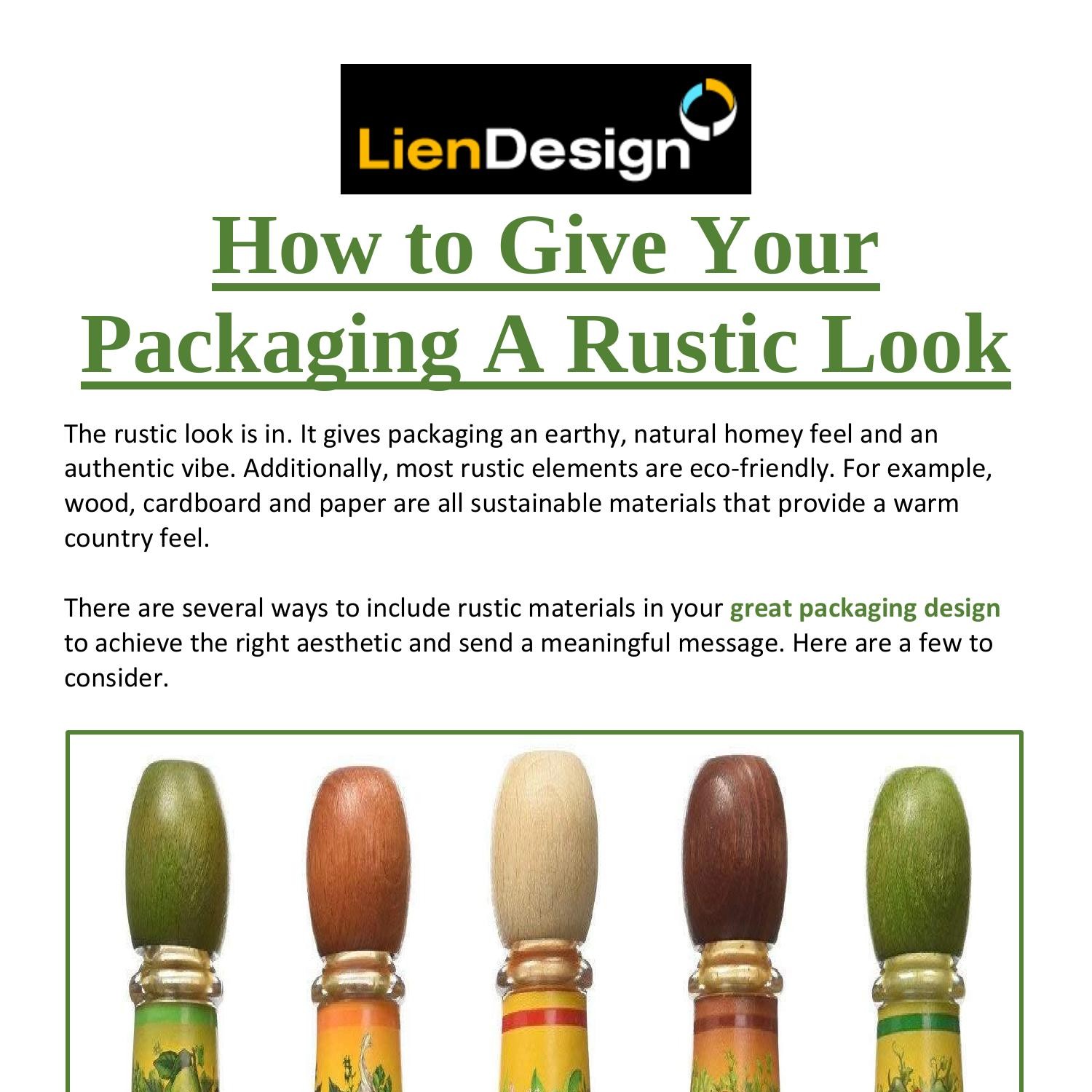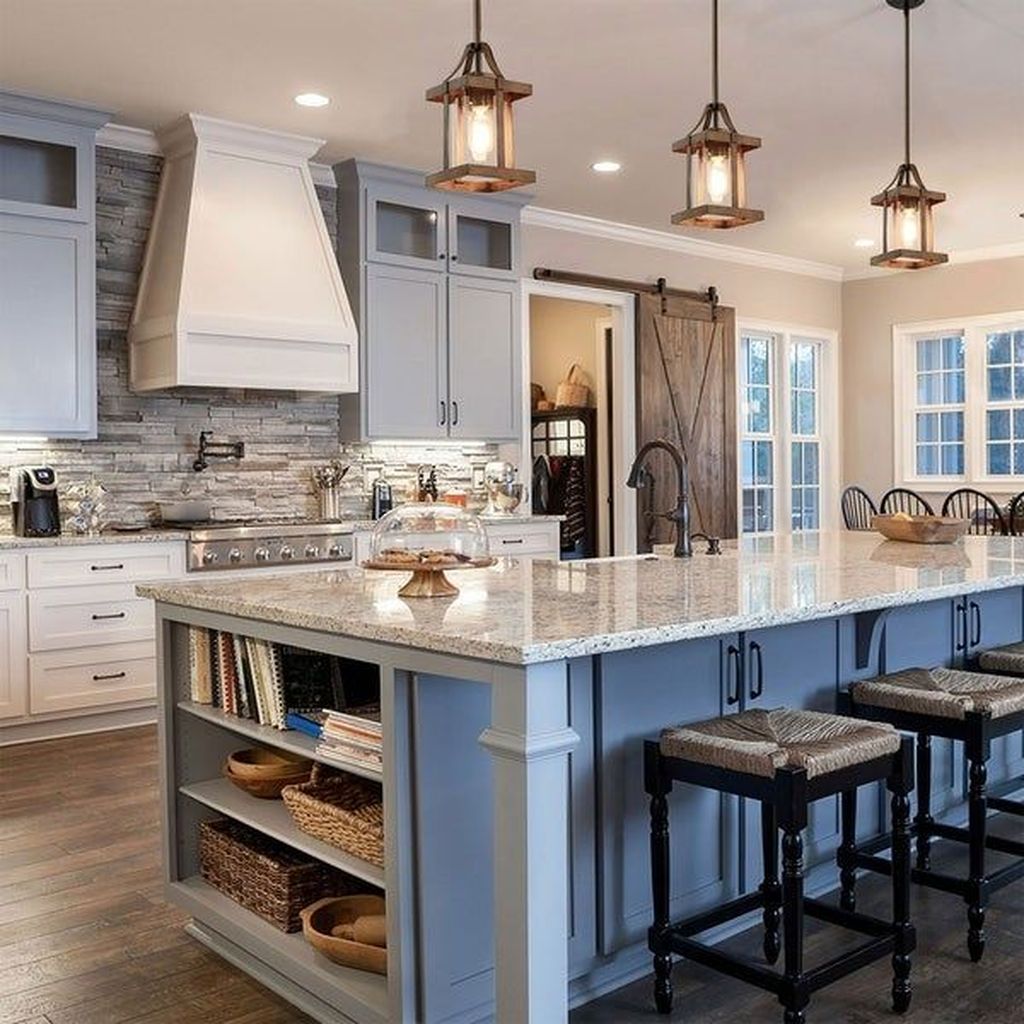Choosing the Right Rustic Look

To achieve a truly rustic look for your cabinets, it’s essential to choose the right style and materials that resonate with your desired aesthetic. Rustic cabinets offer a unique charm and warmth, inviting a sense of history and craftsmanship into your space.
Rustic Cabinet Styles
There are several distinct rustic cabinet styles, each with its own unique character and appeal.
- Farmhouse: This style embraces a simple, functional aesthetic, often featuring distressed wood finishes, hardware with a vintage feel, and open shelving. The overall vibe is welcoming and cozy, reminiscent of a charming country farmhouse.
- Industrial: Industrial rustic cabinets blend raw materials like metal and reclaimed wood with a touch of industrial flair. Expect to see exposed metal accents, distressed finishes, and a focus on functionality. This style creates a bold and edgy statement, perfect for modern spaces.
- Vintage: Vintage rustic cabinets celebrate the beauty of age and patina. They often feature antique hardware, distressed finishes, and a blend of wood and metal elements. The overall look is unique and timeless, adding a touch of nostalgia to any room.
Materials Used in Rustic Cabinet Construction
The materials used in rustic cabinet construction play a significant role in defining the style and character of the piece.
- Wood: Wood is a classic choice for rustic cabinets, offering a natural warmth and beauty. Popular wood species include reclaimed barnwood, oak, pine, and walnut. The grain patterns and knots of these woods add a unique character to each piece.
- Metal: Metal accents, such as iron hardware, exposed metal frames, and decorative metalwork, add a touch of industrial flair and durability to rustic cabinets.
- Reclaimed Materials: Reclaimed materials, such as salvaged wood, old window frames, and repurposed metal, add a touch of history and sustainability to rustic cabinets. They bring a unique character and story to each piece.
Color Palettes and Finishes
Color palettes and finishes are crucial for achieving the desired rustic aesthetic.
- Natural Wood Tones: Natural wood tones, such as warm browns, rich honey, and earthy greys, create a classic and timeless look.
- Distressed Finishes: Distressed finishes, achieved through techniques like sanding, distressing, and antiquing, add a touch of age and character to rustic cabinets.
- Earthy Colors: Earthy colors, such as greens, blues, and browns, complement the natural elements of rustic cabinets, creating a harmonious and inviting atmosphere.
Creating the Rustic Appearance

To transform your cabinets into rustic masterpieces, you’ll need to embrace the art of distressing and antiquing. This involves creating the illusion of age and wear, giving your cabinets a charming, lived-in look.
Distressing and Antiquing Techniques
Distressing and antiquing techniques involve manipulating the surface of your cabinets to create the appearance of age and wear. This can be achieved through various methods, each yielding unique results.
- Sanding: Using sandpaper with varying grits, you can gently sand down edges, corners, and high points of your cabinets to expose the wood underneath and create a worn, aged look. Start with coarser grits to remove paint or stain and gradually move to finer grits for a more subtle effect.
- Chipping: For a more dramatic look, you can create chips in the paint or stain using a hammer or a chisel. Aim for random, uneven chips that mimic the natural wear and tear of time. Be careful not to overdo it, as too many chips can look artificial.
- Waxing: Applying a layer of wax to your cabinets can create a subtle distressed effect. Use a damp cloth to rub the wax into the wood, focusing on high-traffic areas like handles and edges. The wax will create a patina that adds a touch of age and depth.
- Chemical Staining: Chemical stains, such as vinegar or bleach, can be used to create a distressed effect by selectively lightening or darkening areas of your cabinets. Apply the stain to specific areas using a brush or sponge, and allow it to dry completely before wiping away any excess.
Adding Rustic Hardware and Accents, How to make your cabinets look rustic
The right hardware and accents can complete the rustic transformation of your cabinets.
- Distressed Metal Handles: Distressed metal handles, often made from iron or brass, add a touch of vintage charm. Look for handles with a slightly tarnished or aged finish to complement the distressed look of your cabinets.
- Exposed Wood Dowels: Instead of traditional cabinet hinges, consider using exposed wood dowels. These simple, rustic accents add a touch of warmth and authenticity to your cabinets.
- Rustic Cabinet Knobs: Choose cabinet knobs made from natural materials like wood, leather, or ceramic. Look for knobs with unique shapes and textures to add visual interest and enhance the rustic aesthetic.
Creating a Distressed Paint Finish
A distressed paint finish adds a layer of depth and character to your cabinets, making them appear aged and worn.
- Layering Paint Colors: Start with a base coat of a darker color, such as a deep brown or black. Then, apply a lighter color on top, using a dry brush technique to create a faded, distressed look.
- Glazing Techniques: Glazing involves applying a thin layer of translucent paint or glaze over your base coat. This creates a subtle, aged effect, highlighting the details of your cabinets.
- Crackle Medium: Crackle medium is a special paint additive that creates a textured, cracked finish. Apply the medium over your base coat and allow it to dry completely before applying a top coat of paint. The cracks will reveal the base color, adding a unique distressed effect.
Adding Rustic Touches: How To Make Your Cabinets Look Rustic

Once you’ve established the foundation of your rustic cabinets, it’s time to add those finishing touches that truly bring the look to life. This involves incorporating elements that enhance the rustic charm and create a welcoming atmosphere.
Rustic Cabinet Door Styles
Choosing the right cabinet door style is a key aspect of achieving a rustic aesthetic. Here’s a table showcasing three popular rustic cabinet door styles:
| Style | Description | Example | Image |
|---|---|---|---|
| Paneled | Features raised or recessed panels, often with simple, traditional designs. | A cabinet door with a single, rectangular panel in the center, surrounded by a frame. | [Image of a paneled cabinet door, showcasing the raised or recessed panel design] |
| Beadboard | Employs narrow, vertical boards with slightly rounded edges, creating a classic, cottage-like feel. | A cabinet door made entirely of beadboard, offering a consistent, textured surface. | [Image of a beadboard cabinet door, showcasing the narrow, vertical boards] |
| Shaker | Characterized by simple, rectangular panels within a frame, offering a clean and minimalist look. | A cabinet door with two rectangular panels separated by a thin stile, often with a slightly raised edge. | [Image of a shaker cabinet door, showcasing the simple, rectangular panels within a frame] |
Open Shelving and Display Elements
Open shelving provides a rustic and inviting touch, allowing you to showcase your favorite items and create a sense of warmth and personality. It’s especially effective in kitchens and bathrooms. For instance, in a kitchen, open shelves can display your collection of vintage jars, antique cookware, or even a row of colorful cookbooks. In a bathroom, they can be used to showcase decorative baskets, scented candles, or a collection of antique bottles.
Incorporating Natural Elements
Adding natural elements like plants, baskets, and textiles can further enhance the rustic ambiance.
- Plants: Incorporating potted herbs or leafy green plants on shelves or countertops adds a touch of nature and freshness. Consider using terracotta pots for a more authentic rustic look.
- Baskets: Woven baskets made from natural materials like wicker or rattan can be used for storage or as decorative accents. They can hold towels, blankets, or even firewood in a rustic setting.
- Textiles: Natural fabrics like linen, cotton, or burlap can be used for curtains, tablecloths, or even as decorative accents on shelves. They add a touch of warmth and texture to the space.
How to make your cabinets look rustic – Want to give your cabinets a rustic charm? Distressed paint, hardware with a vintage feel, and even adding a few wood-burning details can do the trick. But before you start, consider the depth of your cabinets, especially if you’re thinking about a vanity.
Check out this guide on how deep are vanity cabinets to make sure you have enough space for your essentials. Once you’ve got the right dimensions, you can really get creative with your rustic makeover!
Want to give your kitchen cabinets that rustic charm? Distressed paint, hardware with a vintage feel, and even a few strategically placed wood knots can do the trick. And if you’re looking for extra storage, consider a stand alone kitchen pantry cabinet with a similar rustic style to tie the whole look together.
It’s a great way to add both function and character to your kitchen.
